WHAT IS BARKCLOTH?
Barkcloth often has a nubby Momie weave. The patterns are usually large in scale (suitable for home decor). They are printed on the cloth, and sometimes don't fully saturate the surface, thus making the nubby weave more prominent. Or, with wear and washing, the pebbly protrusions of the weave lose color faster than the creases. Different decades saw different motifs slide in and out of popularity:
So what about my barkcloth? I do not know if it is vintage. Its selvedge label says it was "Vat Dyed. Printed in U.S.A. Copyright (c) Braemore Textiles". As far as I can tell, Braemore Textiles is currently in business, supplying home decor fabrics to retailers (though I can't find a website for Braemore Textiles itself!), so maybe my barkcloth is modern. It is in good condition, made of upholstery-weight cotton. The print is large-scale flowers and foliage, rendered in deep browns, taupes, and reds. The background is brown with a tinge of purple in it. The colors satisfy me for the same reason the rayon challis I recently posted about satisfies me: this deeply-saturated autumn color scheme reminds me of the rich pastel art in children's books. SEWING
COST From stash (either free or bought a while ago): fabric, rayon seam binding, interfacing. $1.40 for a half-yard of snap-tape. FINISHED I 100% love this dress. There's nothing to quibble about! The cotton's thickness makes it quite warm to wear, despite the short sleeves, so it's a fall/winter outfit. It took time and testing to get the pattern and fit it right, but I'm happy with the result, and happy that I used this gorgeous fabric in a gorgeous way. And now, for contrast, here are the three iterations of this dress in a row: the charcoal one from the vintage shop, the yellow quilting cotton one (my wearable muslin), and the barkcloth finale! The first two pics link to my related blog posts. The last pic links to my post about the pattern alterations that led from dress two to dress three. Yay! I have a pretty dress!
1 Comment
The Sister
4/9/2020 09:27:20 am
That's my pretty sister in her pretty dress! I agree; this last iteration seems to not only fit you the best, but also is the best color scheme for you (the yellow is a tad too pale, I think). You have clearly grown in knowledge and skill since the charcoal dress. Well done! Love you. <3
Reply
Leave a Reply. |
Karen Roy
Quilting, dressmaking, and history plied with the needle... Sites I EnjoyThe Quilt Index Categories
All
Archives
March 2024
|
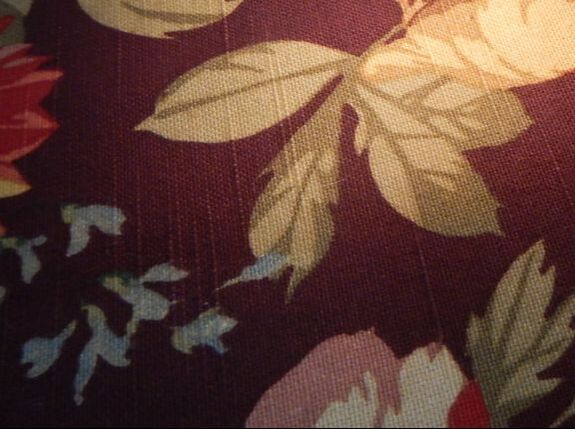
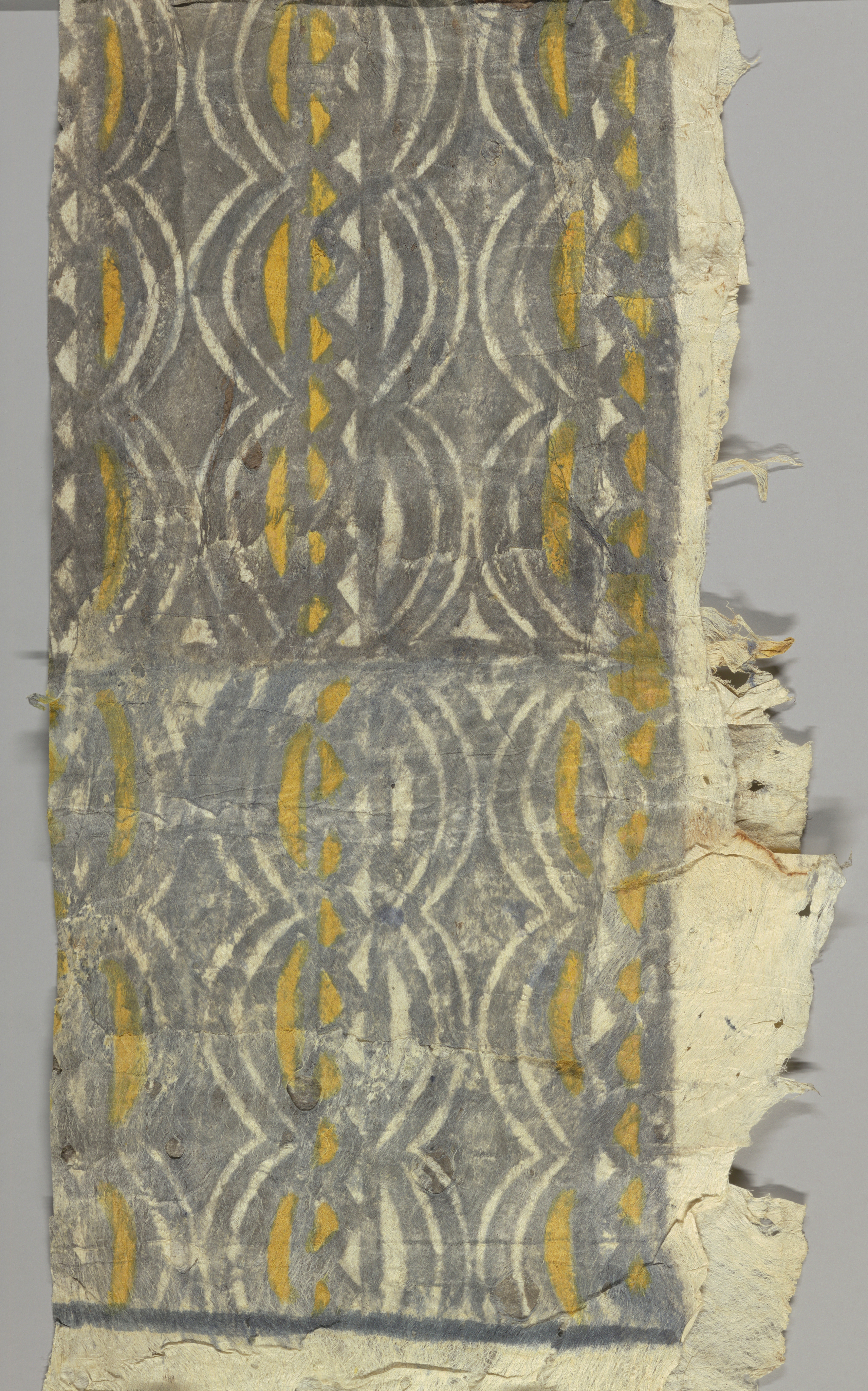
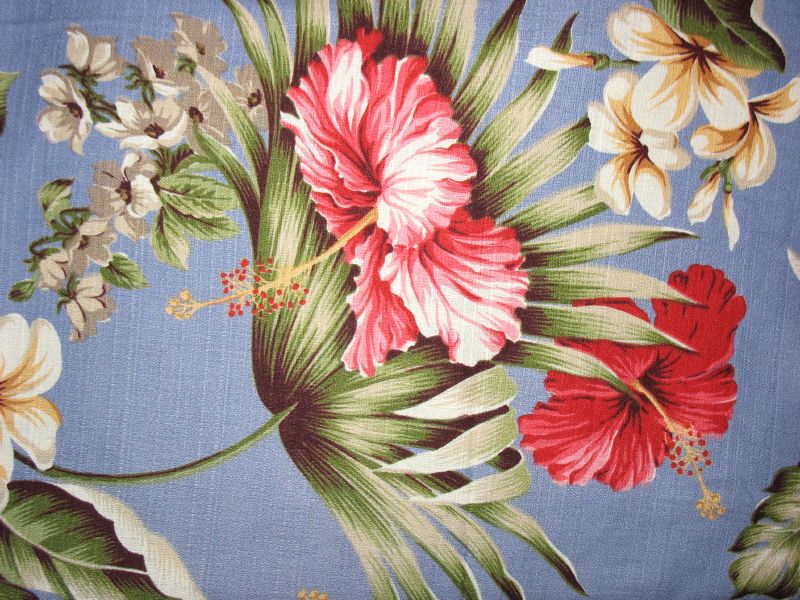
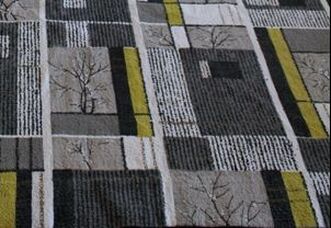
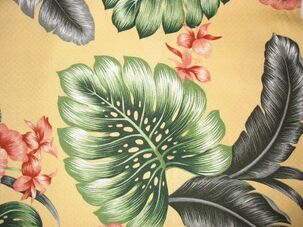
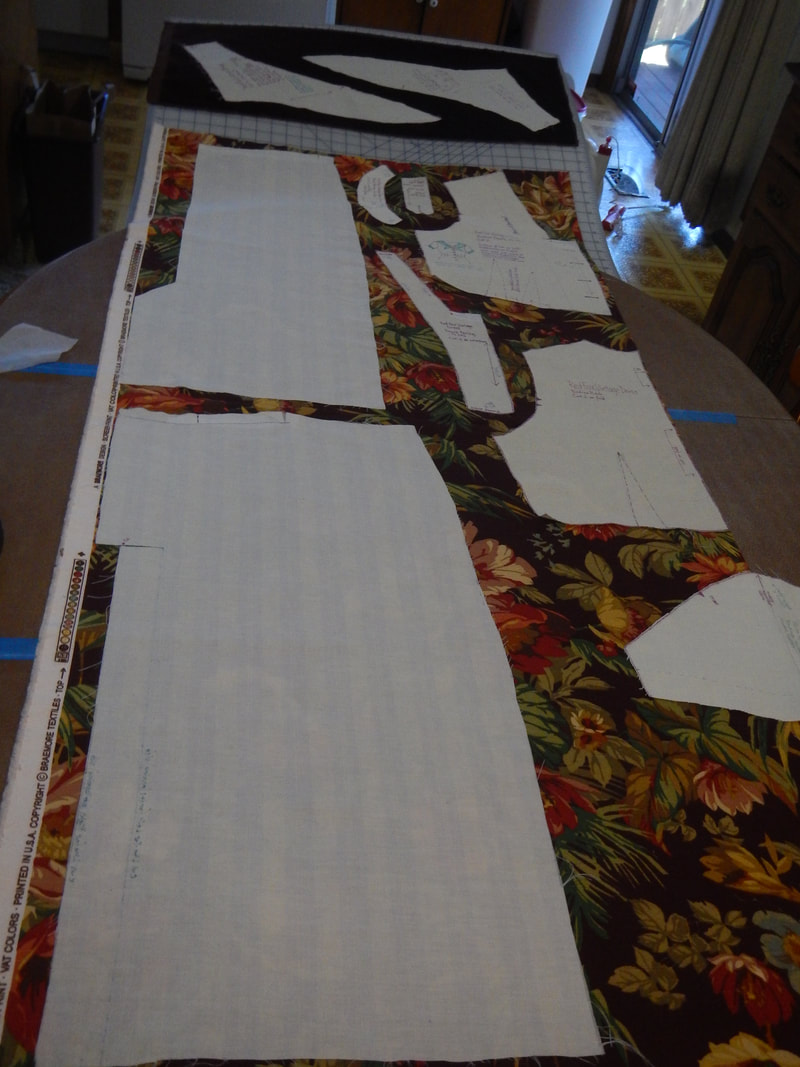
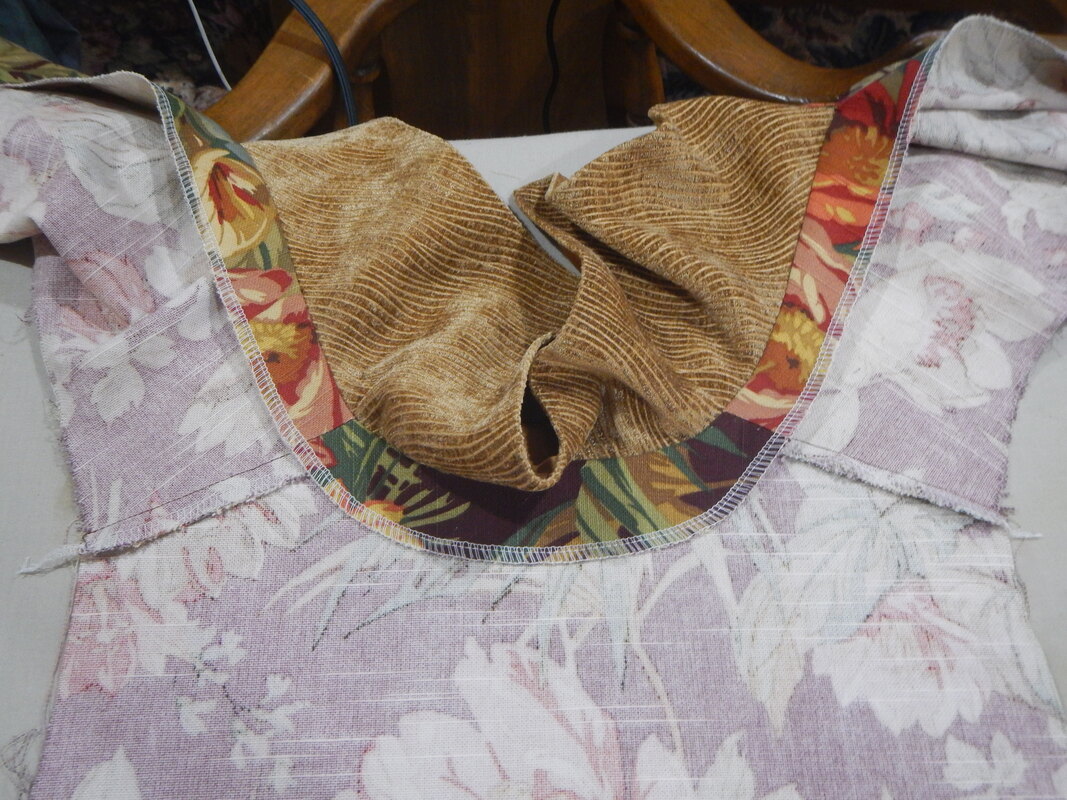
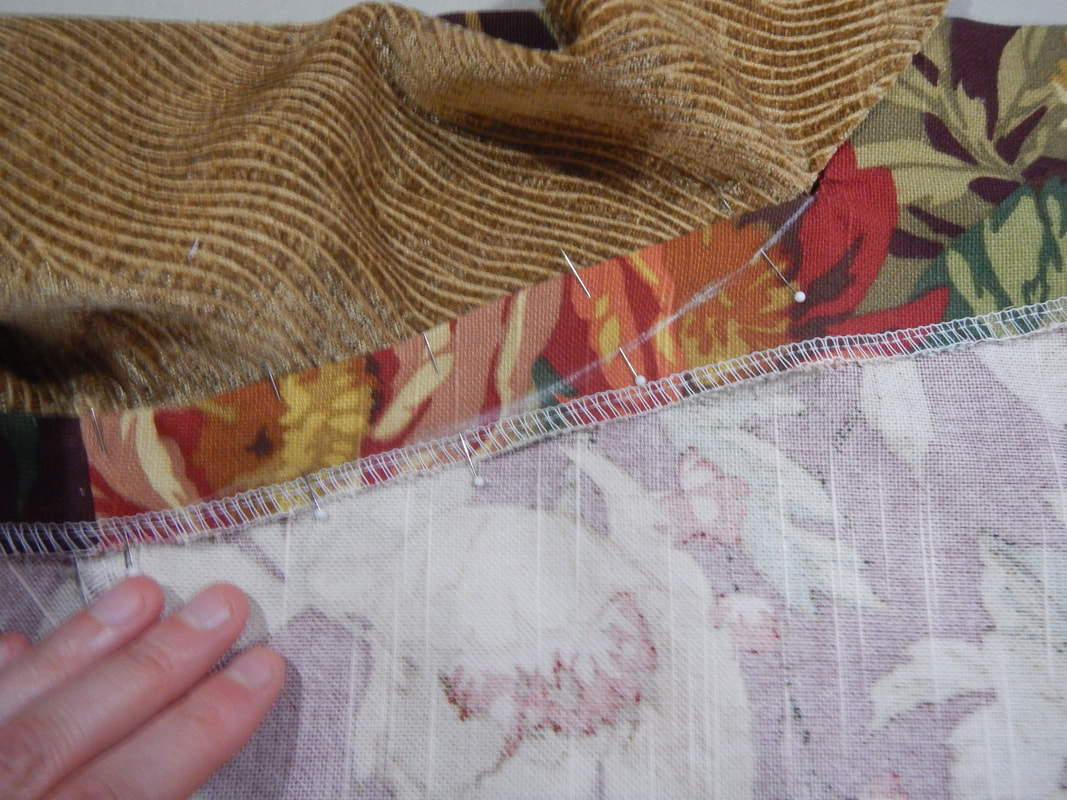
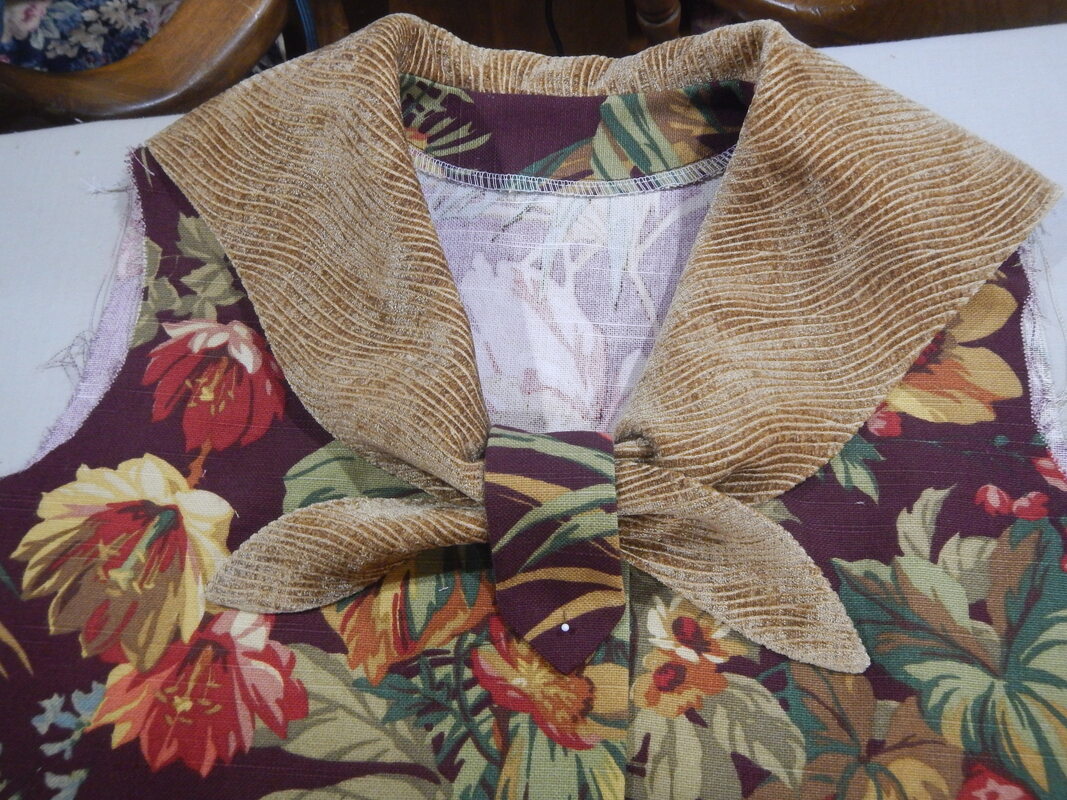
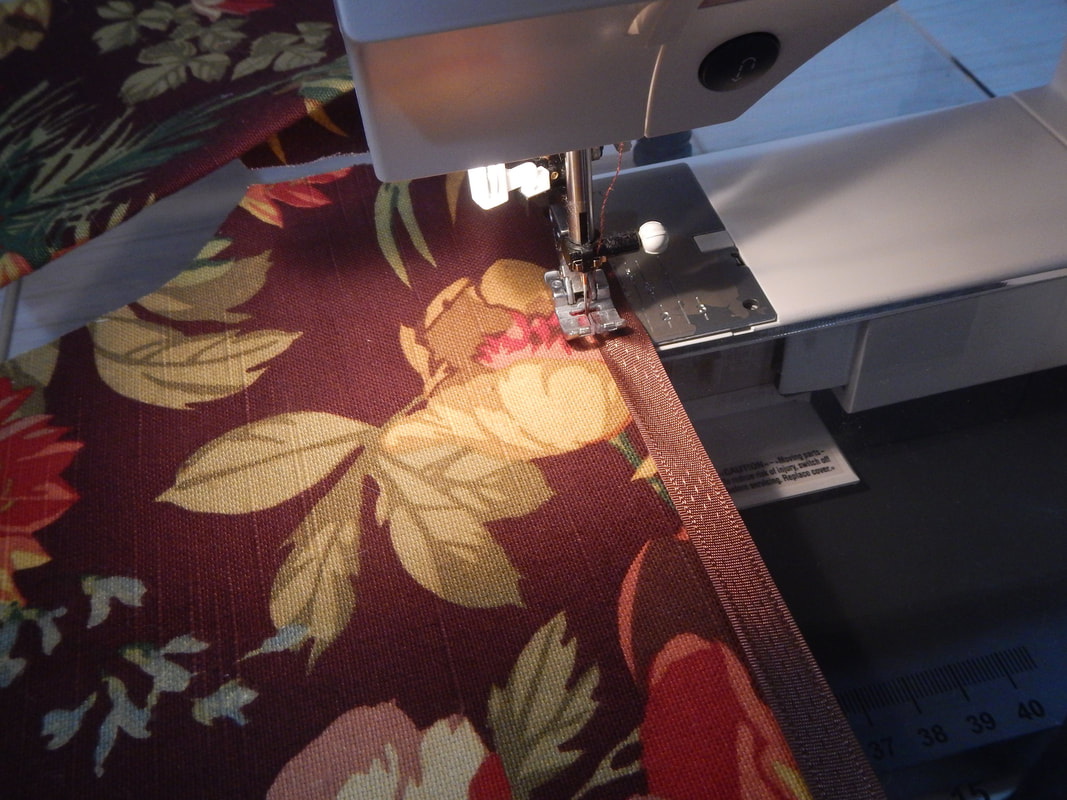
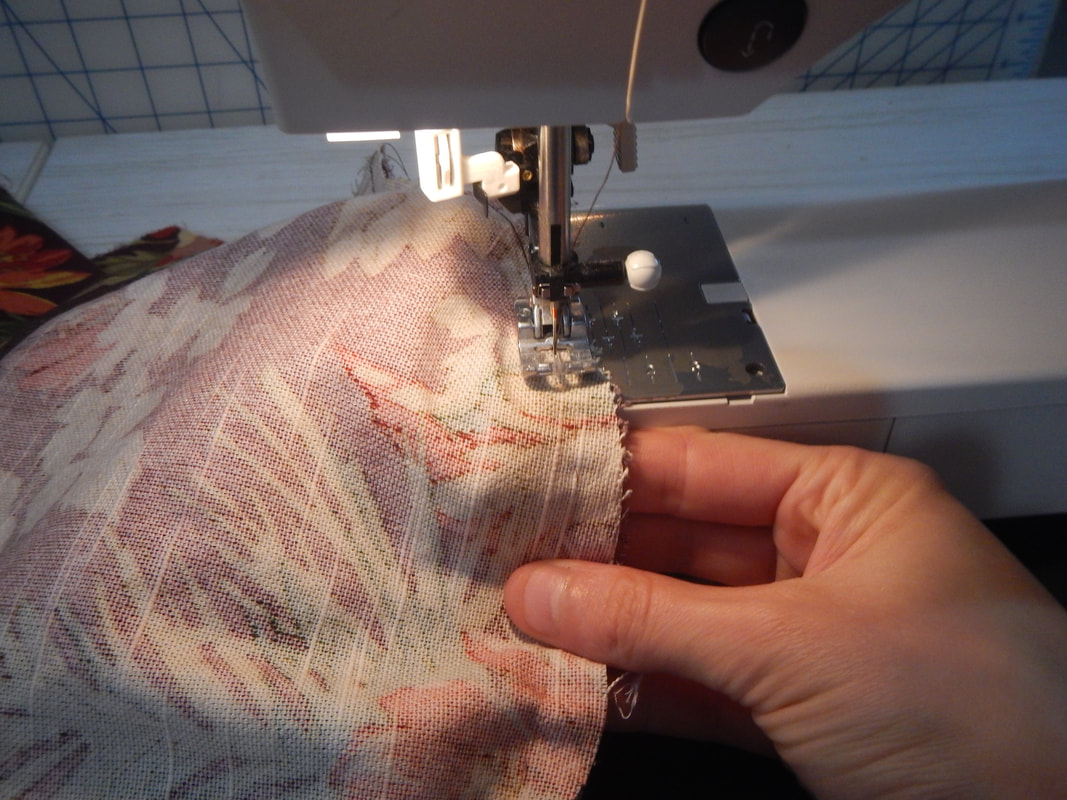
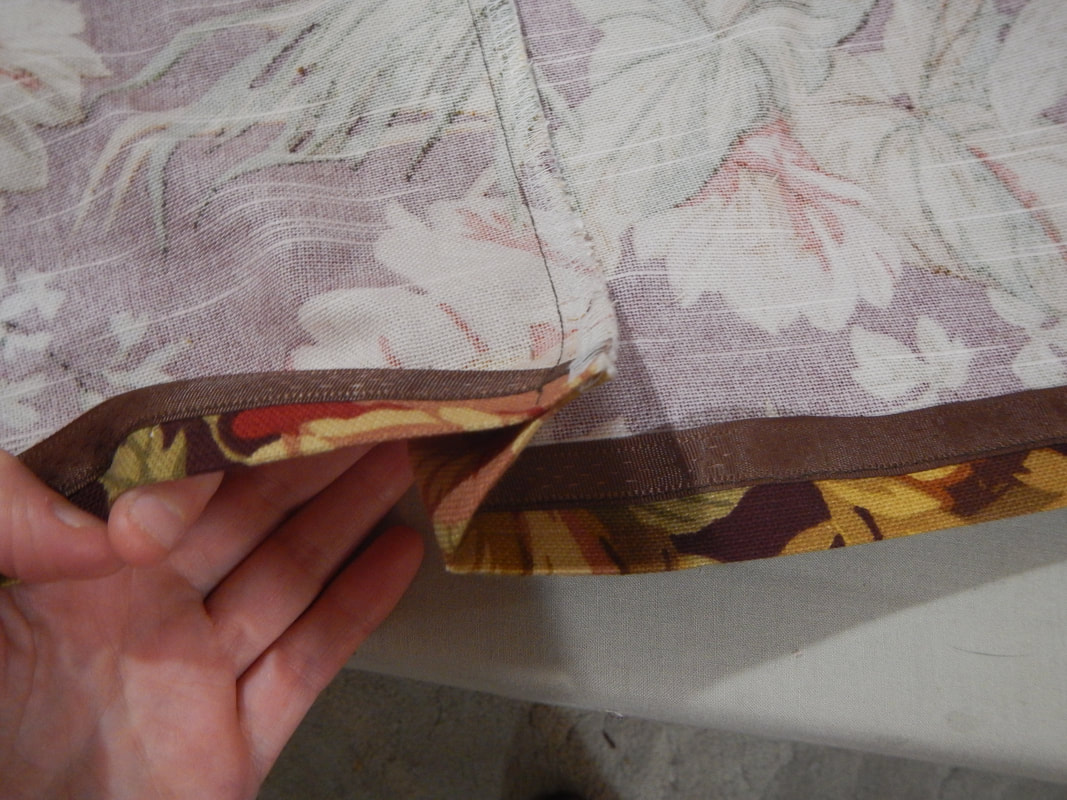


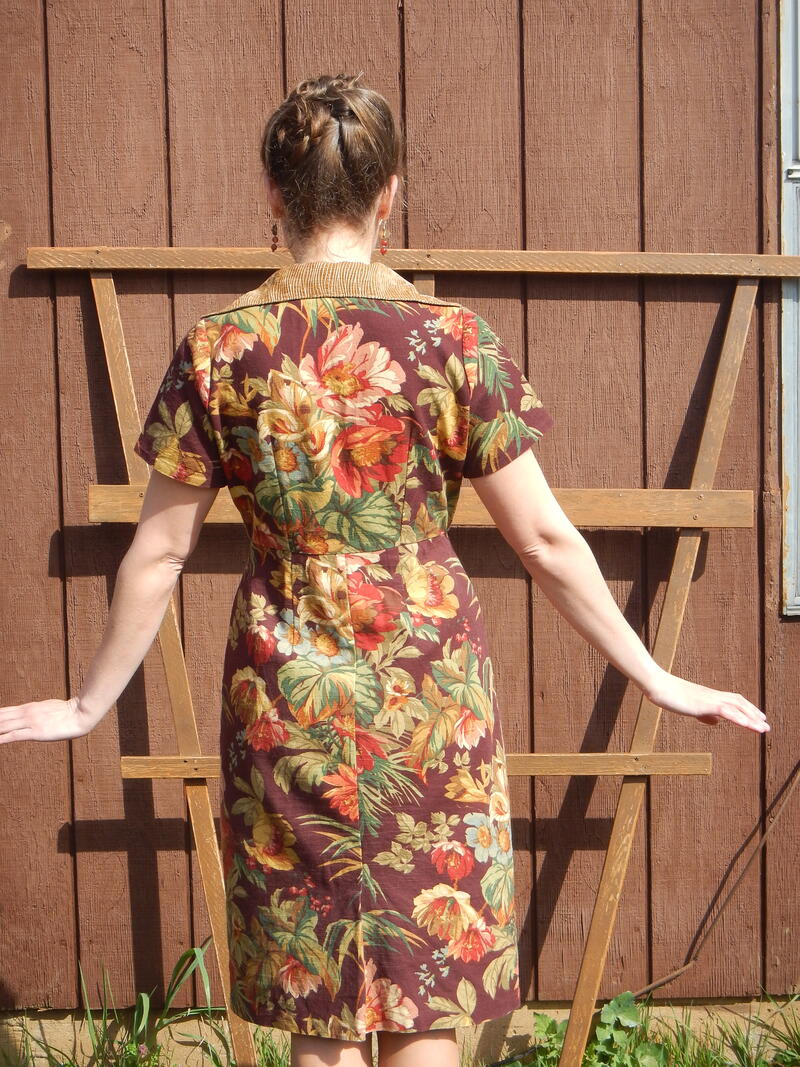
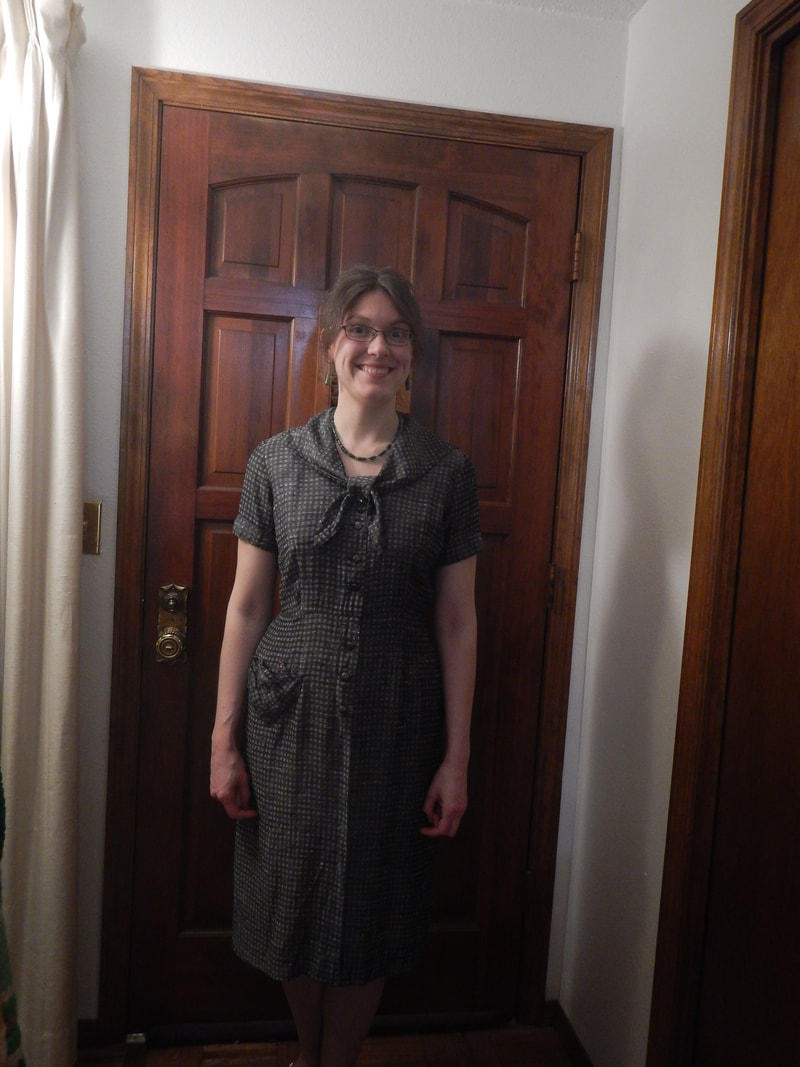
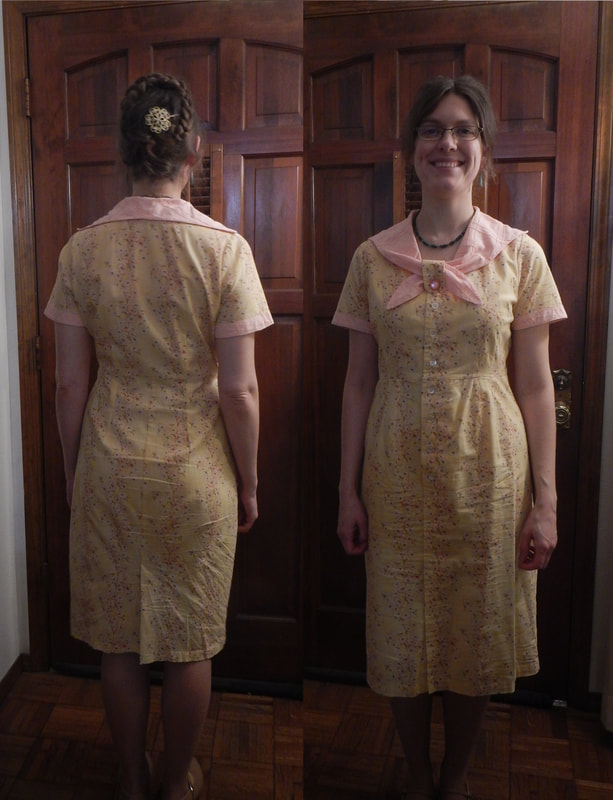
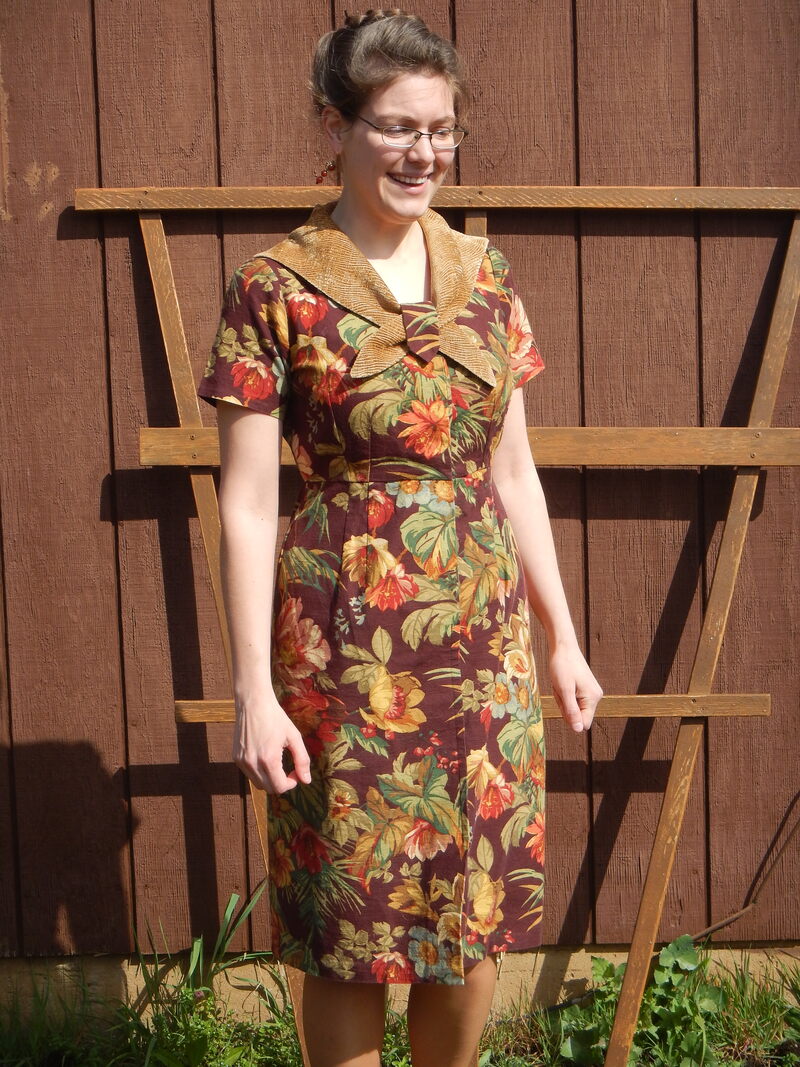

 RSS Feed
RSS Feed